Sheet Bend
Need to lengthen a thick clothesline, but all you have is a thin piece of rope? Don’t fret. The sheet bend can lend a helping hand. The knot, also known as, becket bend, weaver’s hitch or weaver’s knot, though recommended for joining ropes of different diameters, is equally effective for ropes of equal thicknesses as well. It owes the name weaver’s knot to its historical use in textile mills. However, weavers tend to tie it in a variety of ways. Its importance has led it to feature as the first knot in The Ashley Book of Knots.
How to Tie a Sheet Bend Knot
Tips
- Note that the couple of free ends land up on the same side of the knot. If they are on the opposite sides, you have a less reliable alternative.
Variation
- Double sheet bend – A more secure version
Advantages | Disadvantages |
|
|
Uses
- To temporarily join two ropes, especially if they are of different sizes and materials.
- Along with the carrick bend, it is most commonly used for making the junctions of nets, including climbing and cargo nets.
- For building hammocks.
- For boating purposes.
How to Tie a Sheet Bend Knot Step by Step
- Pass the thin rope through the thick rope bight
- Wrap it around the bight and tuck it under itself
- Hold the thick end and pull the thin rope to tighten
Similar Knots
- Bowline
- Becket hitch
2 responses to “Sheet Bend”
Leave a Reply
You must be logged in to post a comment.


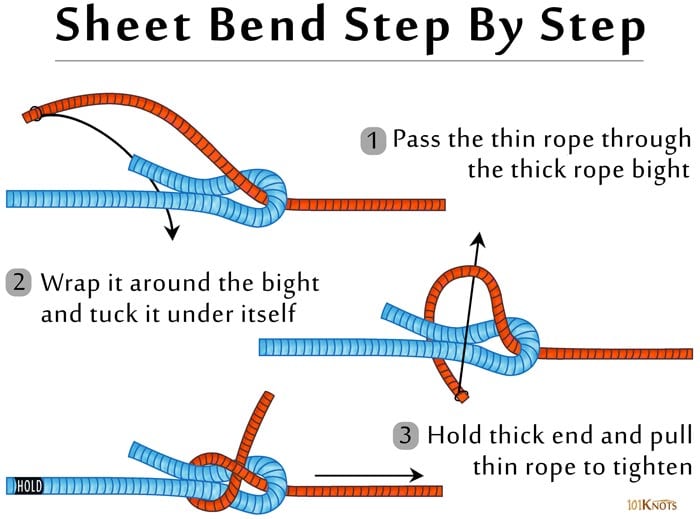
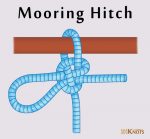
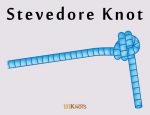
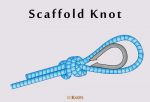
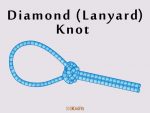

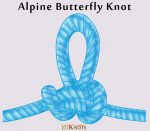
Hi. Thank you for illustrating knots in this fashion. We use these knots frequently for securing our equipment.
We are developing owner’s manuals for our product and would like to use a couple of your illustrations in our literature.
How would we obtain your permission to use some of these photos?
thanks for the help